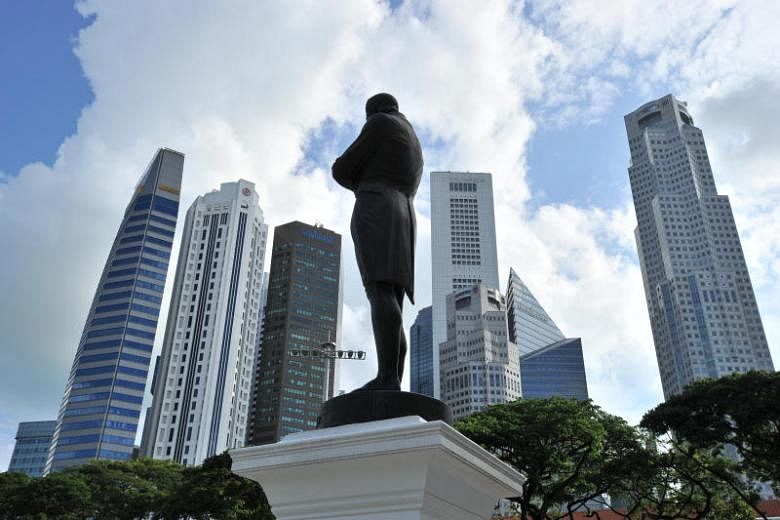As a heritage enthusiast, I am deeply disturbed by the Asian Civilisations Museum's ongoing exhibition, Raffles In Southeast Asia: Revisiting The Scholar And The Statesman.
It was advertised that the exhibition would determine whether Sir Stamford Raffles was "ruthless or righteous", "scholar or scoundrel", "botanist or brute".
This led me to believe that the museum would finally confront Raffles' legacy of violence: his initiation of the British invasion of Java; his approval of the enslavement of Javanese men and women for the British colony at Banjarmasin; and his role in the massacre of Palembang.
I was therefore shocked to discover that none of this was discussed in the exhibition.
Only the sack of the Yogyakarta Palace was mentioned, hidden away in the back of the gallery.
True, the curators do highlight Raffles' incompetence and bigotry as a scholar.
They have also invited one of his fiercest critics, Mr Tim Hannigan, as a speaker in their lecture series.
Yet in the main display, there is no attempt to hold him or the East India Company accountable.
One sign describes their acts as "just one part of the multilayered story of South-east Asian politics".
I urge the museum to add prominent signs and pamphlets to the exhibition that highlight the bloodshed he caused in his quest for domination.
I believe this would improve the exhibition, making it far more engaging and emotionally resonant.
Ng Yi-Sheng

